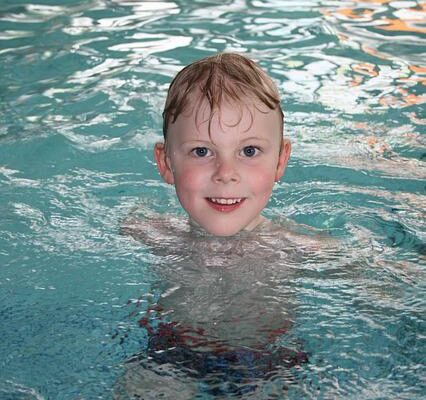So you don’t like running — whether due to a lower-body ailment or simply because you don’t love it as a physical activity — you don’t own a bike, and you don’t participate in any particularly strenuous sports.
What else can you do to obtain a cardiovascular workout to help you burn calories and increase endurance?
Swimming is an excellent alternative. Swimming is not only an intensive and effective workout but also low-impact, which means it will not wear out the joints in your lower half, including your ankles, knees, and hips, as jogging will. But first, let’s look at more specific reasons to incorporate swimming into your training routine.
Increase your endurance
Developing a more lasting physical specimen and improving your cardiovascular health necessitates regular participation in some quite rigorous physical exercises.
However, many of those activities pose substantial difficulties to specific sections of our bodies, such as how jogging may wear out our joints and cause issues such as shin splints.
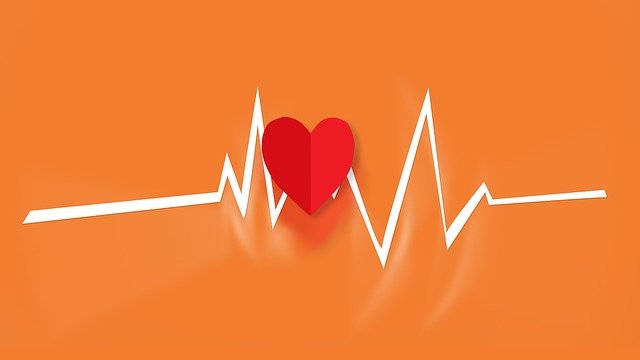
But swimming can help you burn calories and fat while improving your heart health without stressing your bones and joints.
Swim to Lose Weight and Get Fit
You do not need to go to the gym to transform your body.
You may achieve better outcomes if you engage in activities you enjoy, such as swimming.
Swimming is a very effective and terrific way to cool off on a hot day and shed weight.
Swimming allows you to lose the same way as running, but without the impact, which is ideal for persons with ailments or aching joints. Let’s have a look at some strategies for swimming to reduce weight.
Ten swimming strategies to help you lose weight
Here’s how to obtain the best swimming results to eliminate belly fat, build muscle tone, or simply freshen up your routine.
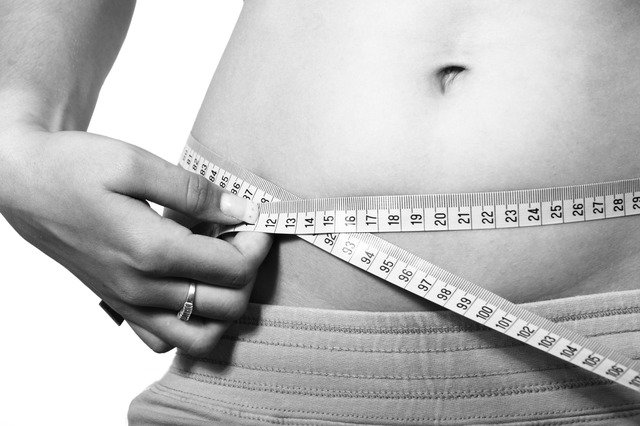
1. Swim first thing in the morning before eating
A morning swim isn’t for everyone, but it’s worth a shot if you have access to a pool before work.
Try swimming in the morning. It will leave your body fasting and ready to use those fat stores as energy. Swimming isn’t only a terrific type of cardio; it’s also a full-body workout, so you should expect amazing results.
2. Swim faster and harder
Swimming burns the most calories when you first start. However, as your swimming abilities improve and you become more efficient, your heart rate does not rise as much.
The remedy is to swim harder and faster to keep your heart rate up.
While swimming, wear a waterproof fitness tracker to measure your heart rate. During a moderate-intensity workout, your target heart rate should be 50 to 70% of your maximal heart rate.
To yield maximal heart rate, subtract 220 from your age.
3. Enroll in a swimming class
Learning good stroke methods will allow you to swim more leisurely. For more information on swim lessons, contact a community center or YMCA, or sign up for a session through the American Red Cross.
4. Vary your swimming routine
If you continue to swim at the same speed and with the same technique, your body may eventually reach a plateau.
Try to swim faster as often as you can and try different types of strokes. It is a great approach to using various muscle groups and enhancing your results.
5. Swim four to five times per week
It is obvious more physically active you are, the easier it is to lose weight. Whether you’re jogging, walking, exercising with equipment, or doing any workouts, this holds.

Swimming to lose weight is the same as other aerobic workouts, so try to swim at least 4 to 5 times a week for the best result.
6. Begin slowly
Begin with 15 to 20-minute swims every other day, increasing to 30-minute swims five days a week as your body allows. If you begin a new swimming routine at an excessively high intensity, muscle stiffness and tiredness may prompt you to abandon it, so be patient and begin slow.
7. Alternate between swimming and water aerobics
It is not necessary to swim every day to see the effects. On your off days, attend a water aerobics class. This is an excellent low-stress workout on active recovery days to keep moving.
8. Use a float or pool noodle to swim
Swim laps in the pool with a pool noodle, kickboard, or life jacket if you’re not a strong swimmer. These will keep you floating while moving through the water with your arms and legs.
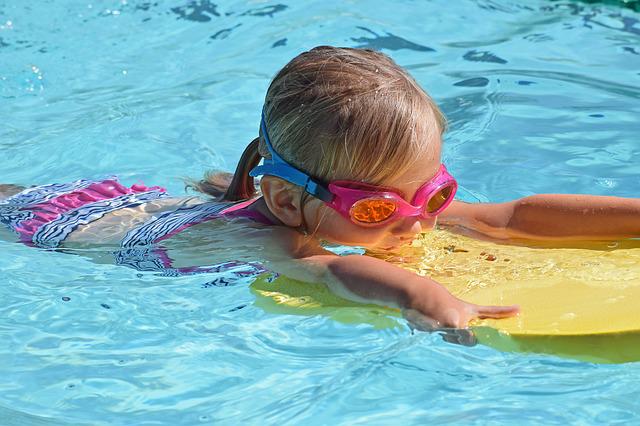
9. Make use of water weights
Do a few bicep exercises with water dumbbells in between laps if you’re swimming to reduce weight and tone up. The water generates resistance, which can aid in developing strength and endurance.
10. Modify your diet
Swimming, like any other weight loss program, requires you to burn more calories than you consume.
If you want to lose some pounds, you must make dietary changes.
Also, be cautious. Swimming requires a lot of energy, so you’ll need to replenish it. In addition, cold water can significantly improve your appetite after a session. If you’re hungry, consider adding more veggies to your plate, drinking a protein shake, and avoiding snacking.
Swimming strokes to aid weight loss
As we mentioned above, you can burn more calories by swimming with different strokes depending on the muscles used. So try doing other workouts to keep your muscles and body guessing.
Swim freestyle one day and the butterfly stroke the next. The butterfly stroke is the most difficult, exercising the entire body and burning the most calories. The backstroke would come in second, and the breaststroke would come in third.
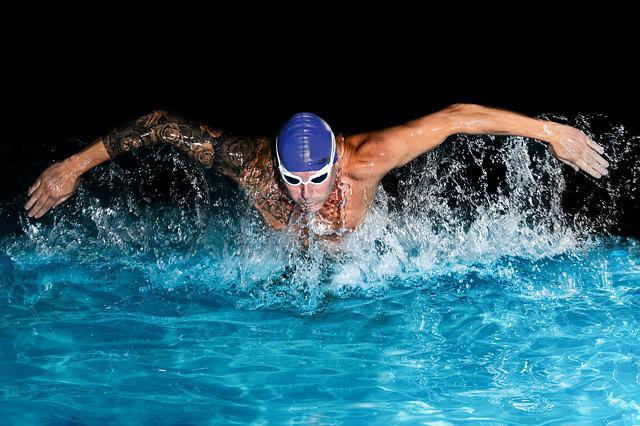
Changing the intensity of your workout has also been shown to provide positive benefits. We suggest sprint interval training, consisting of 30-second sprints followed by one minute of rest.
Or you can continue to swim at a 1/10 intensity, repeating four to eight times. It may not seem like much in your mind, but you were going full throttle for 30 seconds. It is, to say the least, demanding but successful. You can alternate between different swimming styles or strokes or keep it simple.
A popular swimming myth
Many children were taught that they should not swim for 30 to 60 minutes after eating. We thought after eating; some blood would divert to the stomach to facilitate digestion, diverting blood away from the arms and legs.
Some people believed that blood leaking from the limbs would cause arms and legs to tire quickly, increasing the risk of drowning.
However, despite popular assumptions, there appears to be no scientific evidence for this recommendation.
Some people may experience stomach cramps after swimming on an empty stomach, although this is not a serious or dangerous condition.
In conclusion
Swimming is a wonderful option to get in shape if you dislike going to the gym or cannot participate in certain exercises due to joint problems.
It’s an excellent workout for losing weight, building muscle, and strengthening your heart.
